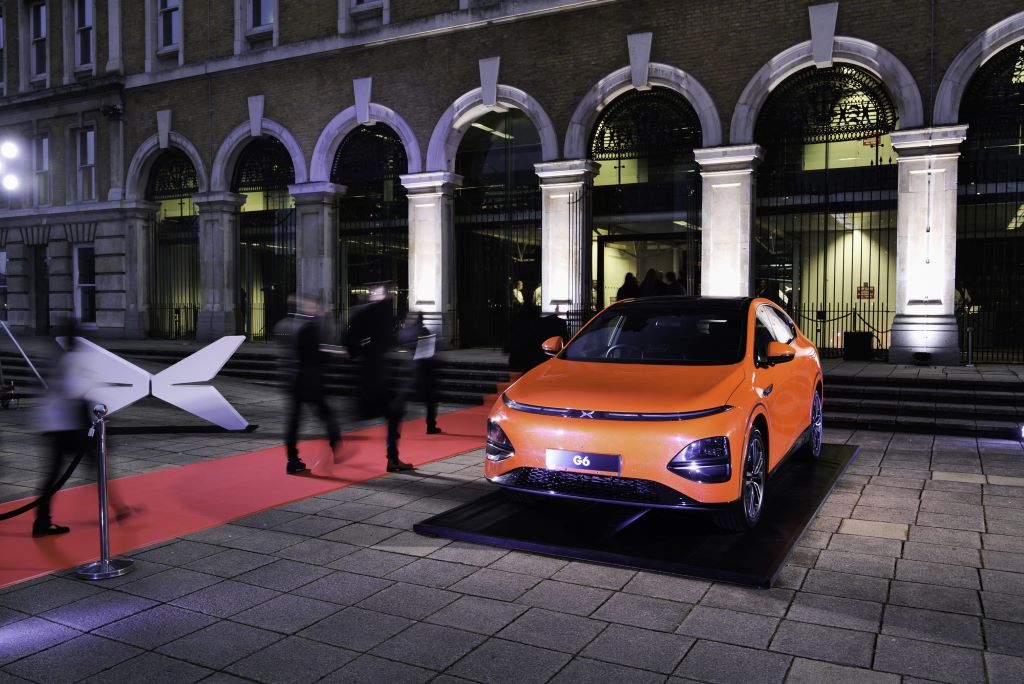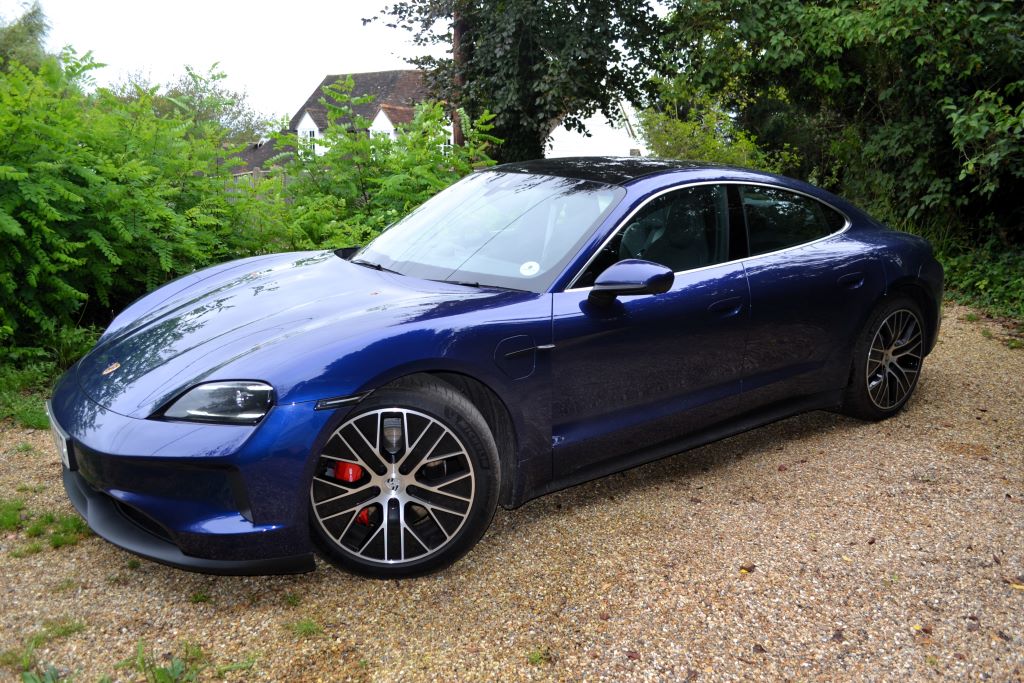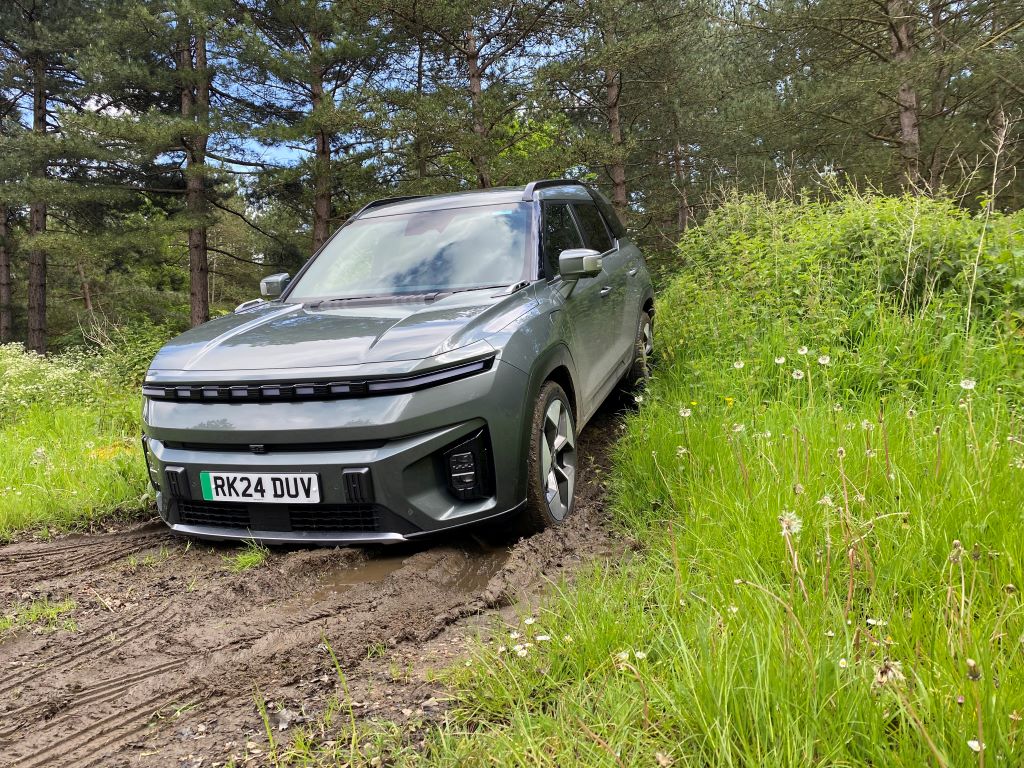Feature 8 min read
How the UK’s ultra-rapid charging network will grow to support an EV future
Tesla gets many things right with the way they are going about selling and supporting their EVs. One of the very best things about owning a Tesla isn’t the fact it can do 0-62 in 3 seconds flat; it’s that you can charge it from 0-62 per cent conveniently and very quickly, making long journeys a doddle. The same supercharger infrastructure is still in development for other EV drivers, however.
It would be wrong for us to lead by saying that the ultra-rapid (100kW+) charging network around the country is a shambles and the Tesla Supercharger alternative makes a mockery of other infrastructures – but if we did, it wouldn’t be too far from the truth.
The fact is that when it comes to convenient, consistent, and easily accessed and strategically placed rapid chargers, most EV drivers are still at a disadvantage compared to the Teslarati. There might be over 15,000 locations now online (according to Zap-Map), up 13.5 per cent between the start of the year and now alone, but the vast majority of these only provide charging speeds of 7-22kW. Of the available connectors, just four per cent are ultra-rapid.
Adding rapid chargers (25-99kW) significantly increases this figure, but at the lower end, rapid chargers don’t make long journeys with quick stops so feasible. They also don’t maximise modern EVs’ abilities to charge at extremely fast rates.
How much ultra-rapid charging capacity does the UK need?
In short, an awful lot – if the country is going to meet the demand forecast to occur between now and 2030. According to the think-tank, Policy Exchange, at least 365,000 chargers will be needed, which is corroborated by the International Council on Clean Transport (ICCT), which estimates that to support the circa six million EVs on the road by 2030, between 341,000-430,000 workplace and public chargers will be needed.
The ICCT’s report highlighted that there will be an increased usage of fast chargers by 2030, especially in nonmetropolitan areas. The assumption in the report is that for highway corridors which support long-distance travel, around one ultra-rapid charger for every 1000 EVs is a minimum. However, the report also suggests that once geographical coverage is achieved, there is less of a need for a large number of ultra-rapid chargers as utilisation (the amount of time they’re being used) levels go up.
In terms of growth, “fast charging infrastructure will need steady deployment of about 18 per cent a year through 2030, which is not as accelerated as the annual growth needed in normal and workplace charging” – the latter types doing most of the charging, most of the time. Ultra-rapid chargers will meet a specific need such as long-distance travel.
Current usage of ultra-rapid chargers
According to a report by Zap-Map, there has been a 13 per cent increase in EV owners using ultra-rapid (100kW+) chargers during 2020. This is in part down to availability, with the number of such chargers increasing from 476 at the end of 2019 to 788 at the end of 2020.
In terms of where people are charging, motorway services are the second most popular location not just for fast charging, but overall with 47 per cent of owners surveyed by Zap-Map reporting having used the facilities. This falls into line with the increasing number of people making longer trips in their EVs.
Distribution is still an issue, however, with MP Simon Clarke stating: “Whereas a drive of a petrol car can travel confidently from Land’s End to John O’Groats, knowing they can refill the tank every few miles, that is not yet the case for EVs.”
Building the electrified highway: Issues
Ensuring that the UK’s strategic network – that is motorways – has enough charging capacity is a critical part of future-proofing the country for an EV-led car market. It is not without its issues though, with the installation of ultra-rapid chargers at service stations being far less straightforward than you might imagine.
Whilst detractors might suggest that there won’t be enough power, that’s not the case. It is, in fact, a question of power availability – that is to say, getting the power to where it needs to be. In the case of motorway services and other strategic locations, the grid isn’t always up to the task. It’s exceedingly expensive to put the infrastructure in, too.
A BP Pulse spokesperson told us: “The cost of large scale (for example 1MW upwards) grid connections for ultra-fast EV charging installations is one of the challenges that, as an industry, we need to be able to address to make it more of a level playing field. Currently, a new connection that takes any existing local grid capacity over a certain threshold resulting in significant reinforcement work being required incurs all of the cost of that reinforcement upfront, with any subsequent new connections paying a much lower cost as the upgrade work will have been done.
“We need a fairer way of dealing with these upgrades – which will no doubt be necessary at many if not most motorway sites – to ensure that one party is not obliged to bear all of the cost.”
The issue, according to various charging companies, is the lack of broader grid infrastructure in remote areas in which many services are located. According to Engenie’s Ian Johnston, government intervention will be needed: “The electricity infrastructure network requires a top-down strategy and investment from Government. Investment and focus should be targeting the macro issue of the UK’s power infrastructure, because the private market will deliver the charge point infrastructure.”
Reliability is another issue. Whereas Tesla’s network is almost universally reliable and easy to use, alternatives – including ultra-rapid providers BP Pulse, IONITY and Electric Highway – score badly on reliability and ease of use. Addressing these issues is critical for converting people to EVs, and making long-distance travel genuinely practical.
Building the electrified highway: Possibilities
There is obviously a significant need to retrofit strategic locations with ultra-rapid charging; GRIDSERVE is moving forward with a new way of doing things – a way which could become a very important part of future ultra-rapid infrastructure which enables easy long-distance travel.
Its Electric Forecourt charging model is a hybrid of a new-age petrol station and traditional services. At the inaugural location, which opened near Braintree, Essex, last December, there are 36 ultra-rapid charge points, each capable of a maximum charging speed of 350kW. Like a petrol station, drivers simply arrive and charge at ultra-rapid speeds – enabling the EV version of a ‘splash and dash’.
According to CEO of GRIDSERVE, Toddington Harper: “Charging has to be simple and free of anxiety, which is why we’ve designed our Electric Forecourts entirely around the needs of drivers, updating the traditional petrol station model for a net-zero carbon world and delivering the confidence people need to make the switch to electric transport today – a full decade ahead of the 2030 ban on petrol and diesel cars.”
GRIDSERVE’s locations use nearby and on-site solar to ensure its (on-site, 6MWh) battery is always topped up and pressure isn’t so great on local power availability. This approach also means the energy being dispensed is clean. Its first station can dispense 24,000 miles of energy in one sitting.
The network is expanding, too. The Electric Highway project has been installing chargers at strategic locations since 2011 and has recently been joined by Ecotricity and GRIDSERVE – both big hitters in the ultra-rapid charging game.
The most recent addition to the project is at the MOTO Rugby services on the M6 where there will be 12 350kW chargers, all of which can take contactless payments. Interestingly, the existing 50kW rapid chargers are being pulled out to make way for the new, higher powered units, demonstrating how important ultra-rapid charging is for the strategic network.
Dale Vince, Founder, the Electric Highway, said: “We began building the Electric Highway ten years ago and Moto were one of our founding partners. Back then, state-of-the-art charging was just 7kW and here we are today at 350kW in just a decade. This is our very first high power installation, and this new technology comes just at a tipping point in the adoption of electric vehicles.”
By the end of the year, all 28 MOTO service sites will have ultra-rapid chargers online. And any motorway aficionado will know that MOTO owns some of the busiest services in the country (who hasn’t enjoyed a stop at Exeter on the interface between the A303, M5 and A30?!). Other motorway service providers will inevitably get on board if not as part of the Electric Highway project, then almost certainly unilaterally as consumer demand increases.
Again, however, the success of these initiatives – especially with regards Electric Highway’s poor reputation – is in improving the reliability and ease of use. GRIDSERVE’s input, alongside its investor, Hitachi Capital’s money, may be critical in this area.
Home charging will still dominate
Despite the way in which ultra-rapid charging is developing, and will continue to develop in the near future, the fact is that home charging will continue to be dominant. Various estimates put the 2030 scenario as having between 60 and 75 per cent of all EV charging being carried out at owners’ properties, with workplace charging taking the next largest proportion.
However, the electrified highway is on its way. What’s possibly ironic about it is that it will probably look a lot like the network of petrol stations that have served long-distance travel in ICE cars for decades.











1024px.jpg)



Comments (1)
Login/ Signup
Charlesm
21/05/2021 12:07
Can you elaborate on this article "The network is expanding, too. The Electric Highway project has been installing chargers at strategic locations since 2011 and has recently been joined by Ecotricity and GRIDSERVE – both big hitters in the ultra-rapid charging game."? I thought that Ecotricity had always been the business behind the Electric Highway?